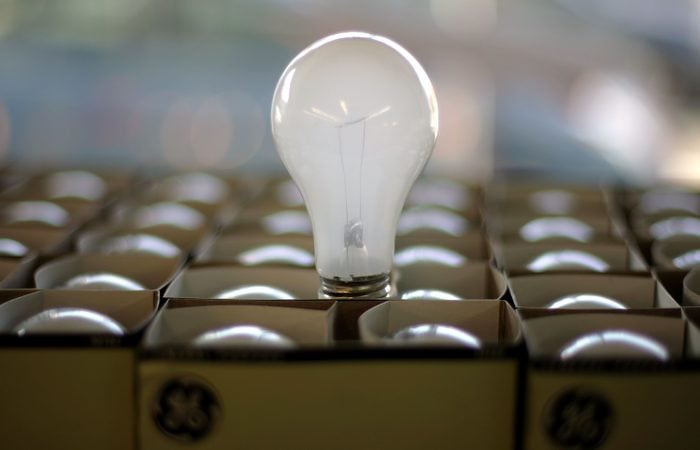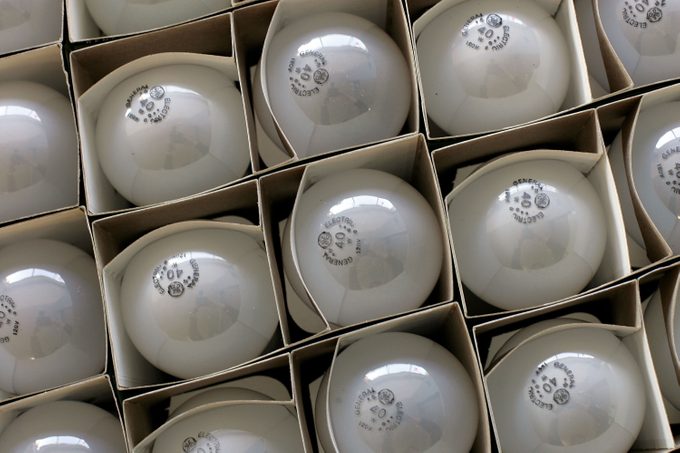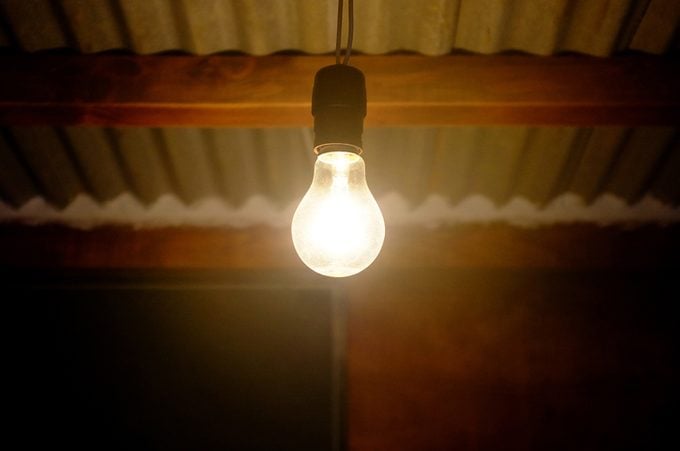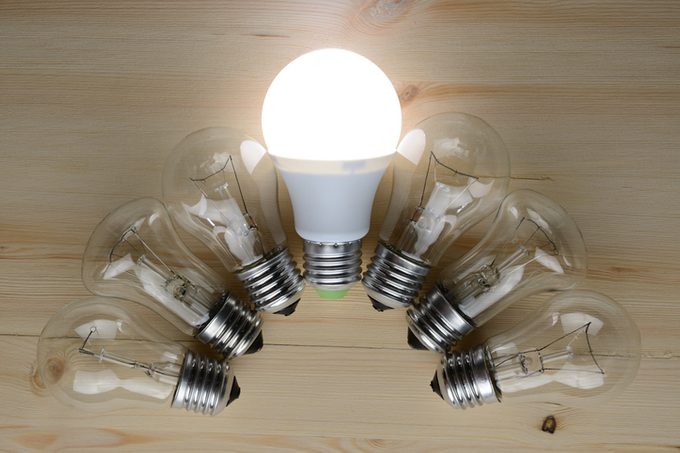What Does the Ban on Incandescent Light Bulbs Mean for You?
Updated: Oct. 13, 2023

Due to new government rules that went into effect on Aug. 1, retailers can no longer sell incandescent bulbs. You can still use them, though. Here's what you need to know.
Thomas Edison didn’t invent the light bulb, but he perfected its design and made it commercially viable. Since 1879, his incandescent bulb has been the standard for commercial and residential lighting in the U.S. and elsewhere — until now.
On Aug. 1, 2023, two new rules from the U.S. Department of Energy (DOE) went into effect that essentially prohibited the manufacture and sale of most incandescent bulbs (details below).
To understand the rules, it helps to know how an incandescent bulb works. Each bulb consists of a thin filament in a gas-filled enclosure. When electricity passes through the filament, resistance generates heat, making the filament glow. But incandescents only convert five percent of the electricity they consume into light, and that’s the problem.
The new rule requires light bulbs produce at least 45 lumens per watt; a lumen is a unit of light intensity. Incandescent bulbs emit 12 to 18 lumens per watt. Besides incandescents, some other types of bulbs, including certain halogens, also fail to meet the new standard.
On This Page
Why Is There a Ban on Incandescent Bulbs?

The federal government isn’t explicitly banning incandescent bulbs; it’s establishing efficiency standards incandescent bulbs don’t meet. The DOE estimates the new standard will save Americans around $3 billion annually on their utility bills.
The new rule culminates an ongoing effort across multiple presidential administrations toward greater lighting efficiency.
The Energy Independence and Security Act, enacted in 2007 during the George W. Bush Administration, called for a 25% increase in efficiency for household light bulbs. The Obama Administration introduced regulations that would have phased out incandescent bulbs in 2020, but the Trump Administration blocked them. President Joe Biden revived the effort in 2022.
Besides energy savings for consumers, the DOE estimates the new efficiency standards will cut carbon dioxide emissions by 222 million metric tons over the next 30 years. That’s equivalent to the yearly emissions of 28 million homes.
Is It Legal to Use Incandescent Bulbs?

Yes. No one’s coming for your incandescent bulbs. If you have them in your light fixtures, you don’t need to replace them until they burn out. And even then, you can legally replace them with incandescents you already own. You just can’t buy new ones.
The new rules exempt certain types of specialty incandescent bulbs, like those that go in refrigerators and range hoods. It also permits the sale of bulbs for heat lamps and bug lights. The rules don’t affect the sale of fluorescent or compact fluorescent (CFL) bulbs, but that could change if the DOE increases efficiency requirements to 120 lumens per watt.
The United Kingdom already phased out incandescents, halogens and CFLs, and is slated to do the same to fluorescent tubes in August/September 2023. Energy efficiency is one motivation, but it’s more about the mercury contained in those tubes.
What Are The Best Bulb Alternatives?

At present, alternatives to incandescent bulbs include CFLs, some high-efficiency halogen bulbs and LED (light emitting diode) bulbs. All are available with the same Edison screw bases found on incandescents. With a few exceptions, all can be used in the same fixtures.
LED bulbs are the best choice. They use the least energy of any bulb and last much longer. The small amount of heat an LED bulb radiates is negligible compared an incandescent.
Early LED bulbs had their problems, but manufacturers addressed most of these. Early versions weren’t dimmable, but many contemporary versions are. Many people found the light from earlier LEDs harsh and glaring, but today you can find LEDs in a whole range of color options, from warm to cool. More recent innovations include smart LEDs you can control remotely to turn on and off or change colors.
As incandescents fade into history, it’s unlikely that anyone will miss them for long.
